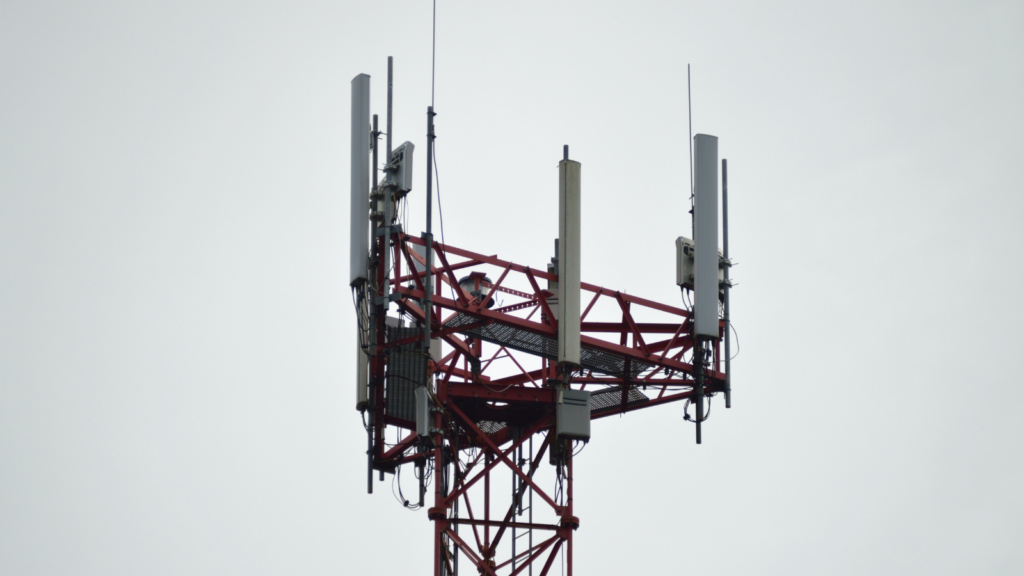Even before AT&T’s December announcement that it had formed a joint venture with BlackRock Alternatives to develop an open access fiber network to extend its fiber presence outside of its traditional wireline footprint, several open access providers were already quietly going about their business across the U.S.

Impact: For example, the Utah Telecommunication Open Infrastructure Agency, otherwise known as UTOPIA Fiber, added 568 miles of fiber in 2022 (3 million feet) to bring its total number of fiber miles to 4,387 and plans to accelerate that pace this year. While UTOPIA doesn’t publicly release specific subscriber metrics, the consortium recently revealed that it added more than 20,000 customers in 2022, including roughly 19,000 residential subscribers. That’s 2.6x more than the 7,479 subscribers UTOPIA added the previous year. Other 2022 progress markers included the completion of fiber buildouts in 14 cities, including in its original 11 Utah communities. Also in 2022, West Valley City, UT, became the largest city in the state fully connected to fiber, and UTOPIA started construction on its first network in Montana in partnership with Yellowstone Fiber to provide high-speed fiber service to residents of Bozeman and Gallatin County. Although UTOPIA’s business model dates back to its establishment in 2004, much of its recent progress stems from $48 million in funding received in late 2019. At this point, the consortium operates open access fiber networks across four states: California, Idaho, Montana, and Utah. The bulk of UTOPIA’s activity comes from its home state, where it both owns and operates open access fiber networks in 20 Utah cities, including a new one signed last year. That’s up from the original 11 cities that first signed on to the UTOPIA idea nearly 20 years ago. Under its open access format, UTOPIA provides 15 broadband providers access to its networks in Utah. Customers then subscribe to Internet service through one of those providers, which offers speeds as fast as 10 Gbps in some locations. With Ziply’s launch of 10 Gbps service this month, UTOPIA’s ability to support 10 Gbps speeds from several of its service providers becomes more relevant to the national conversation. The consortium expects “a significant uptake for the 10 gig service in 2023,” with the CMO highlighting gamers, employers paying for Internet service used for remote work, and more customer premises equipment that can support faster multi-gigabit speeds as reasons for the expected increase. But UTOPIA isn’t the only active open access fiber operator expanding its footprint. SiFi Networks has network construction projects underway in 10 states, including California, Connecticut, Massachusetts, and New York, and aims to reach 20 states by the end of Q2 2023. Ubiquity was one of four providers chosen by Mesa, AZ, officials to deploy fiber in that city and recently signed on with Ting Internet to support its fiber expansion efforts in Mesa and in Carlsbad, CA. Underline Networks has two open access networks underway in Colorado, with a large effort planned in Colorado Springs and a smaller one in nearby Fountain. The company also has plans for at least one network in California and has it eye on additional Colorado opportunities. And as we reported last week, T-Mobile has partnered with local Colorado open access provider Intrepid Networks to offer fiber in two communities in the state. It appears T-Mobile’s efforts to deepen its fiber presence could utilize a variety of open access network opportunities around the country in areas where the company views fiber expansion as economically advantageous. T-Mobile could even ride of AT&T’s Gigapower network if it wanted, although it seems doubtful the carrier would collaborate with one of its wireless rivals on fiber. But in this anything goes broadband market and with billions of federal funding about to rain down, an AT&T-T-Mobile partnership would only be a little surprising. All the press around AT&T’s Gigapower network could prove beneficial to other open access providers, introducing a model more common in Europe to additional broadband players looking to find ways to get into fiber or grow their existing fiber presence.
